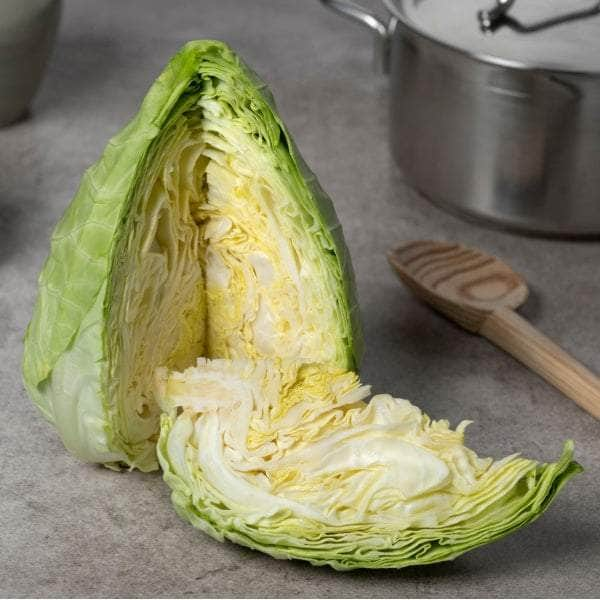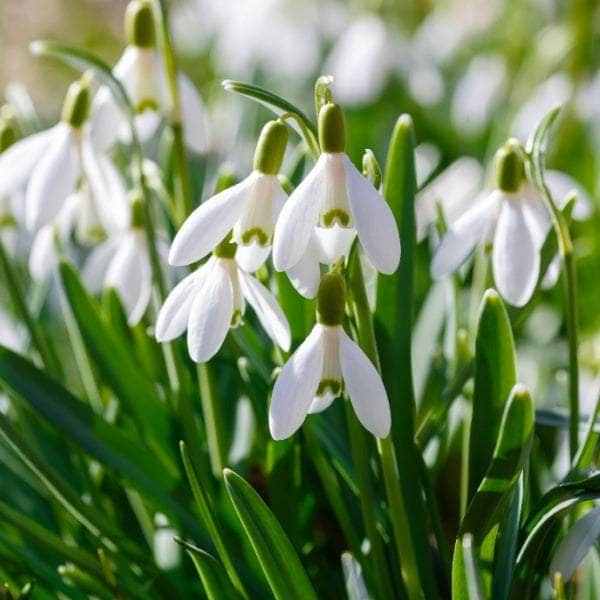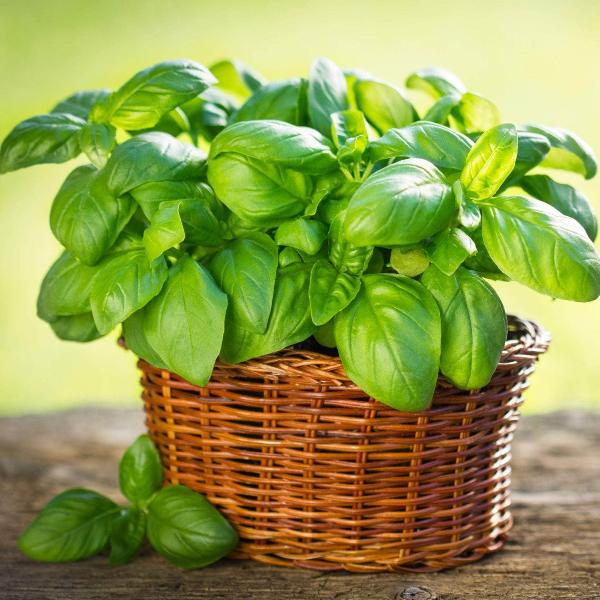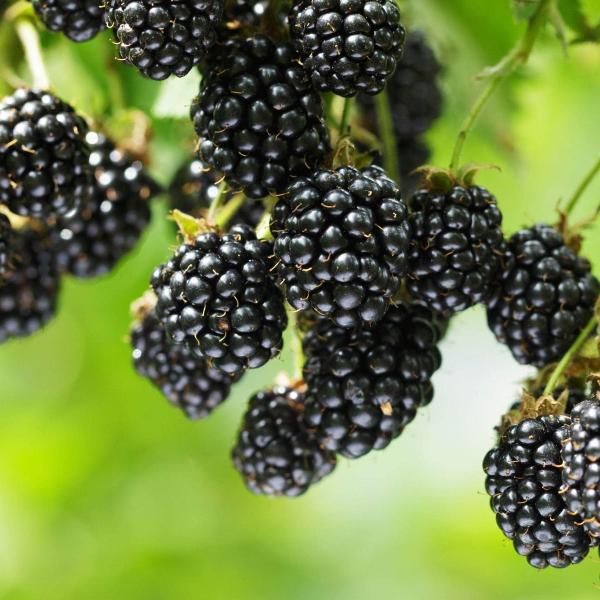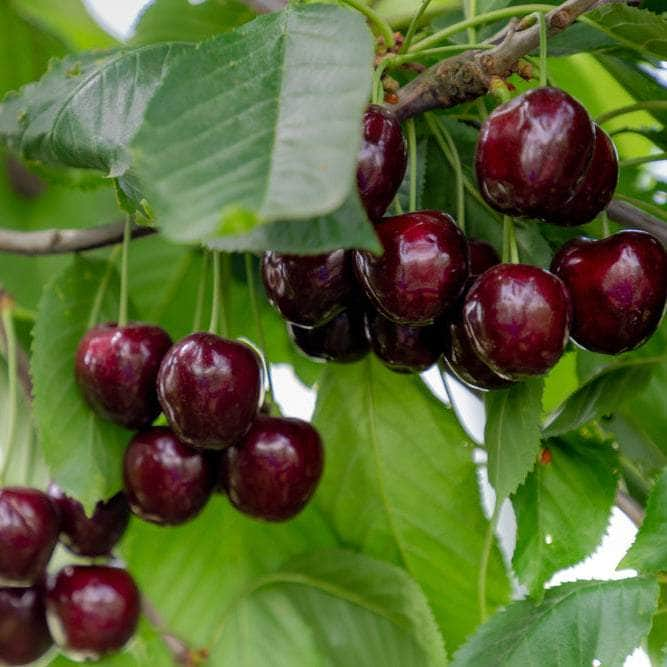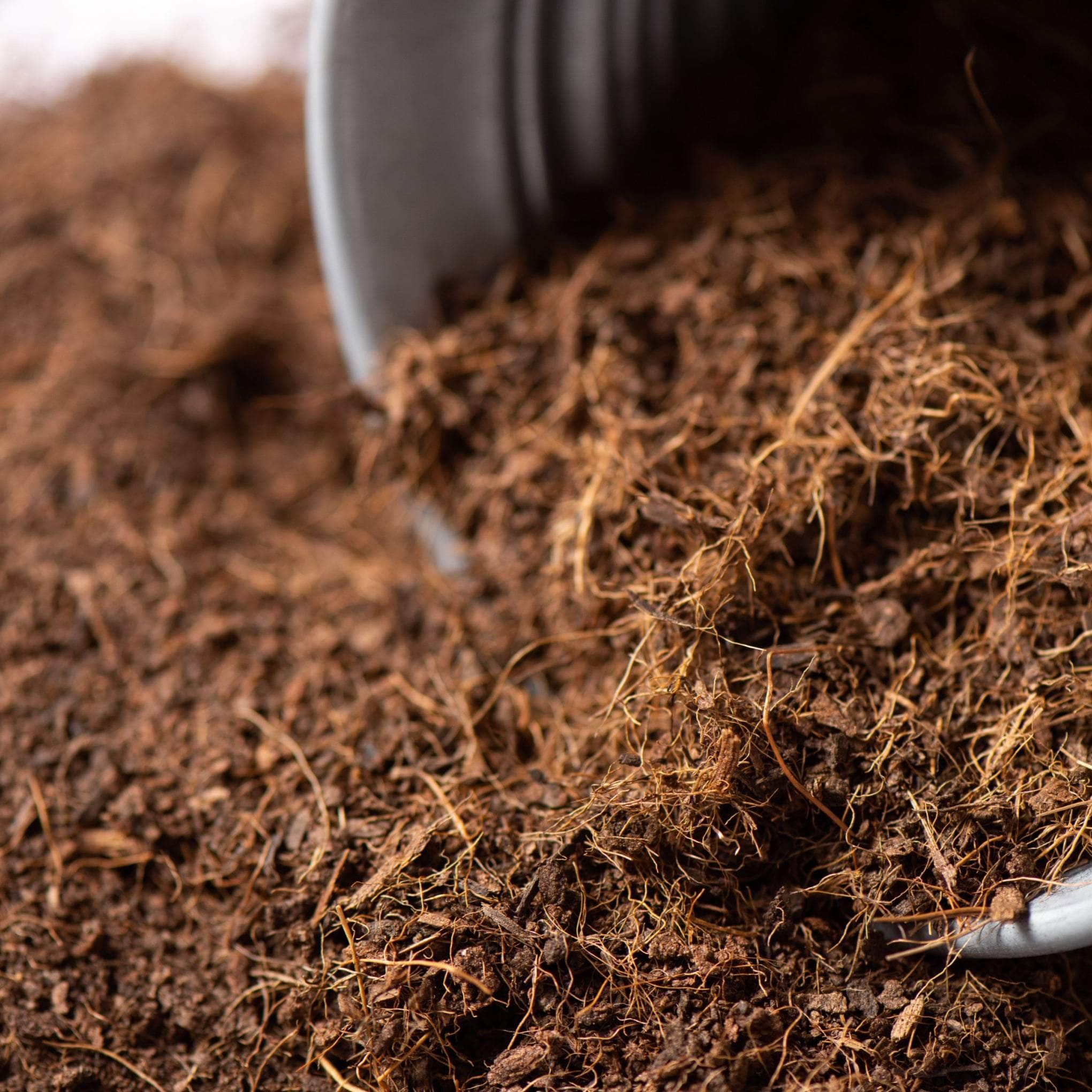The Comprehensive Guide to Growing Rocket Plants
Welcome to our comprehensive guide on growing rocket plants, a must-read for all green-fingered enthusiasts. Whether you're a seasoned gardener or a budding horticulturist, this guide will provide you with all the knowledge you need to cultivate your own lush, leafy rocket plants. From understanding the basics of rocket plants, care, and even the benefits and uses of this versatile salad staple, we've got you covered.
We'll delve into the nitty-gritty of dealing with pests and diseases, and even the art of harvesting and storing rocket. So, whether you're planning to grow rocket in your garden, in pots on the balcony, or even on the windowsill, this guide is your one-stop resource. Let's embark on this gardening journey together, and soon you'll be enjoying a continuous supply of fresh, home-grown rocket.
Stay tuned, and let's get growing!
Understanding the Basics of Rocket Plants

Before we delve into the specifics of growing rocket plants, it's essential to understand the basics. Rocket plants, also known as salad rocket, are a type of cruciferous vegetable that are cherished for their peppery flavour and rapid growth.
These plants are not only a delight to the palate but also to the eyes, with their lush green leaves adding a touch of vibrancy to any garden. Whether you're a seasoned gardener or a beginner, growing rocket plants can be a rewarding experience.
What is a Rocket Plant?
A Rocket plant, often referred to as wild rocket or garden rocket, is an easy-to-cultivate leafy green. It's a cruciferous vegetable, sharing common roots with broccoli, cabbage, and cauliflower, hence its distinctive peppery taste. The plant is low in stature, seldom surpassing a metre in height, making it ideal for front-of-patch growth.
Besides its distinctive taste, the speed at which it grows is a key attraction for grow-your-own enthusiasts. The growth cycle of a rocket is speedy, giving its name an apt connotation. This rapid growth doesn't compromise its heath or favour; in fact, it's recognised for its tasteful, peppery spiciness that adds a zing to any salad.
While it's simple to grow rocket from seed, care should be taken not to expose it to too much sun, as overheating can cause it to seed prematurely. Sowing rocket in different fortnights can guarantee a manageable density and steady supply of plants. Nevertheless, with the right conditions and care, cultivating your own rocket plant can be a rewarding endeavour.
Types of Rocket Plants
The garden rocket is the type of rocket that can typically be found in supermarkets and is appreciated for its leafy richness and less stem presence, making them an excellent addition for salads.
The wild rocket, otherwise known as herb rocket, is another type recognised for the famous peppery flavour that rocket is renowned for.
It's worth noting that the choice of which type to grow is left to personal preference, given they both share similar growing requirements, and pacing in growth.
Keep in mind that each type can contribute uniquely to your meals; hence, there's room for both in your vegetable garden.
Where to Grow Rocket Plants

Choosing the right location to grow rocket plants is crucial for their successful growth. Whether you're a seasoned gardener or a beginner, understanding the best conditions for these leafy greens can make all the difference.
Rocket plants can thrive in a variety of settings, from a garden bed to a pot on the balcony. The key is to provide them with the right conditions, including ample sunlight, well-aerated soil, and regular watering.
Growing Rocket in the Garden
For any gardener's world to flourish, organic enrich compost is the key. Same holds for planting rocket in the garden. An enrich compost aids in the rapid growth of these leafy greens, supplying the essential nutrients they require.
Growing Rocket in Pots and Containers
Gardeners, indeed, enjoy the flexibility that comes from pot rocket planting. You can grow rocket in a range of containers which, due to their limited space, promote efficient growth and make it easier to enrich the compost. Organic enrich compost, for instance, can greatly enhance the plant's development. A pot on the balcony or a patio provides the right location, offering ample daylight for your rocket plants to thrive.
Container gardening also brings about the benefit of portability. Potted rocket plants are easily transported to accommodate changing weather or light conditions, ensuring the welfare of your plants. It further aids with problems of soil or pests common in ground beds, resulting in a more successful growth journey.
However, rocket plants make an appealing sight not just for gardeners, but pests as well. It is essential, therefore, to keep an eye out for any signs of damage or disease, and tackle them at an early stage. But overall, growing rocket in a pot proves a convenient, productive choice for every gardening enthusiast.
Companion Plants for Rocket
Companion Planting can be a crucial decision deciding where to grow rocket plants. Irrespective of whether they are in the garden bed or in a pot on the balcony, the right choice of plants grown together can highly benefit the rocket plants.
Several Companion Plants can aid rocket plants by helping to aerate the soil, enrich the compost with organic materials, and even deter pests. Moreover, these plants can also enhance the overall health and performance of the rocket plants.
Suggested companion plants include:
Beans and Peas: These legumes enrich the soil by fixing nitrogen, benefiting the rocket plants.
Marigolds: Adding marigolds around your rocket plants repels harmful insects, acting as a natural pesticide.
Tomatoes: When grown together, tomatoes and rocket can protect each other from damaging pests. Tomatoes deter insect pests targeting rocket and vice versa.
Caring for Your Rocket Plants

Caring for your rocket plants is a rewarding endeavour that requires a keen eye and a gentle touch. From ensuring the right balance of water and plant food to managing pests and diseases, each step is crucial in maintaining a healthy and productive plant.
Moreover, the process of harvesting and storing rocket is an art in itself, demanding patience and precision. With the right care, your rocket plants can provide a continuous supply of fresh, flavourful leaves, and even seeds for the next planting season.
Watering and Feeding Rocket Plants
In maintaining rocket plants, careful attention must be given to watering and feeding. These leafy greens have long tap roots, extending deep into the soil, to efficiently extract water and nutrients. Watering rocket should be done with a gentle touch, avoiding too much pressure as this could lead to root disturbance.
Providing rocket plants with food, on the other hand, requires organic enrichment of your compost. Aside from nourishing the plants, this also helps aerate the soil, allowing for easy root growth. Given the plants' large tap root system, they are particularly needy for a constant supply of nutrients.
It's important to remember that these plants are natural climbers. They thrive on a continuous supply of food and water. However, too much of either could prove detrimental. Finding the balance in nourishing your rocket plants is key to an abundant and early crop.
Dealing with Pests and Diseases
Dealing with pests and diseases is an integral part of caring for rocket plants. The long tap root system of these plants makes it resilient against such threats, however, vigilance is key.
As a result of their unique root structure, the disruption caused by pests may not always be visible on the surface. Regular inspection of the soil around the plant can help identify any unusual activity indicative of a pest infestation.
Managing diseases in rocket plants involves enriching the soil with organic compost to improve its overall health. Healthy soil ensures a continuous supply of vital nutrients, warding off diseases that typically attack when plants are under-nourished.
Harvesting and Storing Rocket
Harvesting rocket plants is an activity that demands careful attention, similar to the one that a piece of jewellery would require. It is recommended to practice the 'cut-and-come-again' method for a continuous supply of fresh leaves. This involves snipping a few leaves from each plant as and when they mature, using a small pair of secateurs or scissors. This approach prevents root disturbance as the long tap root of the rocket plant is sensitive to being moved.
Once the plant begins to flower and seed, patience is a gardener's best tool. It's essential to let the rocket flower until it forms white seeds, indicative of readiness for harvest. These seeds are your ticket to an early crop the following season. Ensure to allow the rocket heads to dry thoroughly before storing them, as moisture can degrade the seed quality.
A noteworthy point in rocket plant care is the storage procedure post-harvest. The seeds should be scraped out and saved in paper packets, since plastic might instigate moisture accumulation. Affix labels and store in a cool, dark place like a garage or refrigerator, preserving freshness for the succeeding year's sowing. The beauty of rocket plants lies in their self-sustaining nature, offering a repeated bounty with just one packet of seeds. Hence investing time and effort in harvesting and storing them is sure to reap rich rewards.
Benefits and Uses of Rocket Plants

Rocket plants, also known as salad rocket or wild rocket, are a versatile addition to any garden. Not only do they provide a continuous supply of fresh, peppery leaves for your culinary adventures, but they also offer a wealth of health benefits. From the young rocket plant to the mature flower and seed, every part of this cruciferous vegetable is a treasure trove of nutrients. Let's delve into the benefits and uses of this remarkable plant.
Nutritional Benefits of Rocket
From the family of cruciferous vegetables, rocket leaves, also known as salad rocket or wild rocket, hold a plethora of nutritional benefits. Packed with powerful antioxidants, they aid in fighting off free radicals, playing a pivotal role in maintaining overall health.
In its young stage, the rocket plant is a wealthy source of vitamin K, leading to a boost in bone health through the facilitation of adequate calcium absorption. The mature flower and seeds from the rocket plant aren't excluded from providing nutritional gains. They play a central role in promoting good eye health, brimming with vitamin A.
More so, the continuous supply of these rocket leaves in your diet means an impressive deposit of necessary minerals such as potassium, which aids in regulating blood pressure. The rocket's nutritional potency, combined with its mild yet unique spicy taste, serves as a cherished plant food by most health enthusiasts. Crucially, remember that a diet rich in cruciferous vegetables like rocket may be a proactive step in disease prevention.
Culinary Uses of Rocket
One of the exquisite culinary joys is incorporating rocket leaves into your meals. Originating from the Mediterranean regions, these leaves have made a charming entrance into gourmet kitchens worldwide. The wild rocket variety, for instance, lends a peppery kick to dishes, which has rocketed its popularity, pun intended.
Have you ever thought of how chefs create an intriguing flavour profile in their salads? It's the use of salad rocket. This type of rocket tossed in salads introduces a contrasting bitterness that complements other ingredients brilliantly. It wakens otherwise dull flavours, ensuring a continuous supply of invigorating dining experiences.
Rocket isn't restricted to salads only. Being a versatile cruciferous vegetable, it can be wiltingly baked into quiches, scattered over pizzas, stirred into pasta, or even mixed into soups. The early crop of young rocket plants lend themselves particularly well to these dishes. In essence, with culinary uses as vast as these, every house can transform into a paradise of rich and tantalising flavours.
Final Thoughts on Growing Rocket Plants

In conclusion, growing rocket plants is a rewarding endeavour that offers a continuous supply of fresh, nutritious salad rocket right from your garden or pot on the balcony. The process, from caring for your plants to harvesting young rocket plants, is straightforward and manageable, even for novice gardeners.
Remember, the key to a successful rocket grow lies in understanding the plant's needs, including the right location, enrich compost, and effective pest and disease management. While this comprehensive guide provides you with the basics, the real learning comes from hands-on experience.
So, don't hesitate to get your hands dirty and start your journey of growing rocket from seed today. Happy gardening!







